
Windhoek, the capital of Namibia, lies at the heart of the country, encircled by magnificent mountains, expansive valleys, and fertile farmlands. The landscape of the Greater Windhoek area surrounding this bustling city is characterised by vast valleys, thick scrub, rocky hills, and covered in golden savannah. Visitors can explore the dry river beds and mountainous scrublands, as well as enjoy birding, leopard-spotting and view large quantities of wildlife in the north; visit the more arid eastern part with its olive, potato, and date plantations; explore the rolling hills of the Khomas Hochland Mountains in the west of the Greater Windhoek area and soak up the epic views along a number of scenic passes leading off the high plateau, including Bosua Pass, Gamsberg Pass, and Spreetshoogte Pass.
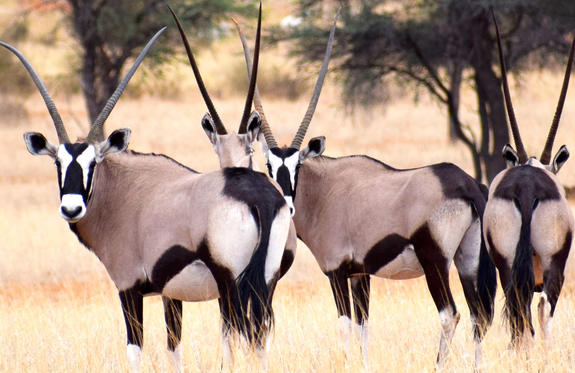
Spreading across Botswana, South Africa and Namibia, the Kalahari meaning 'the great thirst' is an exceptionally beautiful living desert. The landscape is characterised by a large semi-arid sandy savannah draped over a gently rolling inland sea of sand covering most of Botswana and large parts of Namibia and South Africa. It is also the last bastion of the indigenous San people with the modern world having enveloped all the other areas they once roamed. The Namibian portion is made up of red sands covered in thin, wispy, mostly golden grass and dotted with acacia trees and wide-ranging wildlife including gemsbok, impala, jackals and cheetah.
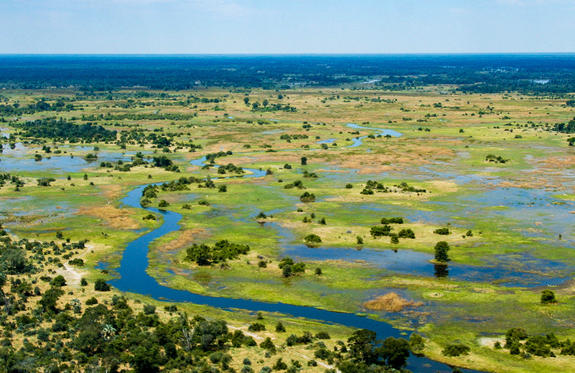
Situated in the northwestern corner of Botswana, the Okavango Delta is a World Heritage Site as it is the largest inland delta in the world. The magnificent Okavango River sprawls out over the dry sands of the Kalahari Desert forming this flourishing waterlogged oasis featuring countless meandering waterways and crystal clear lagoons studded with water lilies, as well as fertile floodplains and reeded islands inhabited with abundant wildlife. The Okavango Delta stretches over an impressive15000 square kilometres. Visitors can enjoy a number of wonderful activities such as game viewing, fishing, bird watching or taking an authentic guided Mokoro excursion through this wetland paradise in a traditional dugout canoe. Commonly spotted animals include: lion, rhino, leopard, giraffe, hippos, elephants, crocodiles and countless species of bird.
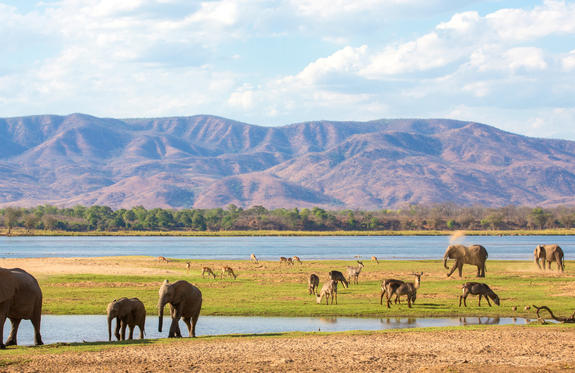
Located in northern Zimbabwe, the life-giving power of the Zambezi River makes Mana Pools National Park one of Zimbabwe’s most lush and flourishing regions. Characterised by a diversity of landscapes including floodplains, forests, and baobab trees, the park has been designated as a UNESCO World Heritage Site for its natural beauty; providing a fantastic destination for photographers. It is an Important Bird Area and is also one of the continent’s premier game-viewing locations, known for its good chances of seeing elephants, wild dogs, lions, and leopards. Visitors can look forward to an array of activities such as canoe trips, guided walks, game drives, river cruises, nature walks, bird watching, and catch-and-release fishing.

Liwonde National Park is situated at the southern tip of Lake Malombe in southern Malawi. Although Liwonde is a smaller park, it is arguably the most popular of all the game parks in the country. Malawi’s main river, the Shire, forms its western boundary and is the reserve’s lifeblood. Boasting plenty of animals including hippos, kudu, elephants, crocodiles and elephants, and even black rhino, the park has become one of Malawi's premier wildlife-viewing destinations. The birding opportunities here are excellent and a favourite sighting among birdwatchers is the Pel’s fishing owl. Visitors can look forward to a wide selection of activities including canoeing, sublime boating safaris, and excellently positioned camping spots. The area is also incredibly photogenic, with its lush Borassus palms, Impala lilies, and abundant wildflowers blooming after the rains.

Located just off the northern coast of Mozambique, the Quirimbas Archipelago dots the glittering Indian Ocean. It is renowned for its rich history and natural beauty featuring white-sand beaches fringed with low-key resorts and offers some of the best diving in the country. The archipelago is home to some of the most unspoilt beaches and coral reefs found anywhere in the world, featuring an abundant array of Mozambique's spectacular marine life. The Quirimbas Archipelago is comprised of a chain of over 25 coral islands, which escaped the 20th century with almost no development. Many of these islands fall within the Quirimbas National Park, providing a marine sanctuary for whales, dolphins, and endangered dugong. The area is known for its high-quality dive sites, many with exceptional drop-offs.

Following its 2008 merger with Usangu Game Reserve and other notable wetlands, Ruaha is counted among Tanzania's biggest national parks, spanning more than 20,000km². It is also a sizeable elephant haven and home to buffalo, huge populations of lion, leopard, and a profusion of bird species, including kingfishers, plovers, egrets, hornbills and sunbirds. Crocodiles and hippos thrive in the Great Ruaha River, which flows along the sanctuary’s eastern border and in the dry season between July and November, animals flock to the last remaining water sources, presenting an exceptional wildlife spectacle. There are a number of accommodation options available but some close for the wet season in March and April.
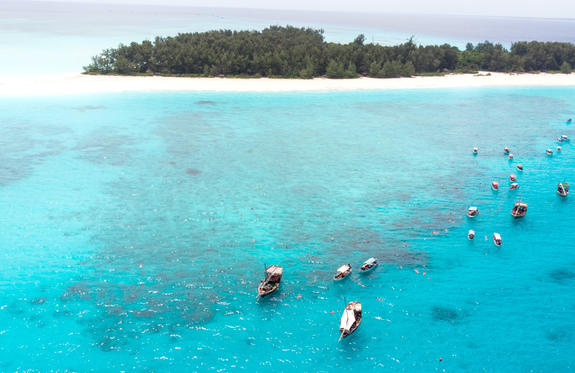
Mnemba Island is privately owned and located off the northeast coast of Unguja Island, Zanzibar. The reefs surrounding the island are part of a marine conservation area and is a popular site for scuba divers. A guest lodge is available on the island where guests can experience many outdoor activities such as diving, boating, snorkelling, and other thrilling watersports. The island is easily accessible by boat from the main island of Zanzibar. Visitors can look forward to exploring the underwater coral wonderlands of the Mnemba Atoll, relaxing on picturesque white-sand beaches, and spotting an array of marine life such as turtles, humpback whales, whale sharks, dolphins, seabirds and over 600 species of tropical coral reef fish.
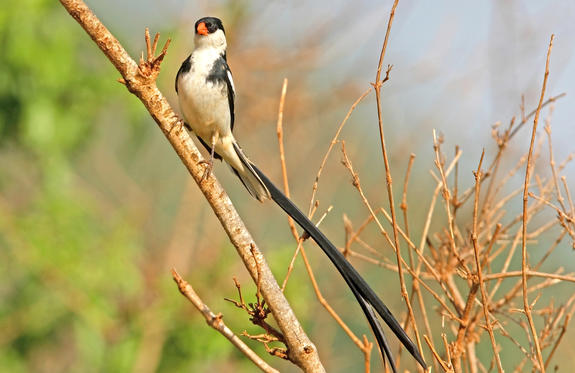
Sandwiched between the Tsavo West National Park and Amboseli National Park, the Chyulu Hills National Park protects an important water catchment area. This unique habitat features vast grass plains, forested rolling hills and rugged volcanic cones and craters set against the beautiful backdrop of Mount Kilimanjaro. Visitors can look for to a wide selection of exciting activities including camping, mountain climbing, horse riding, and excellent bird watching. Commonly spotted wildlife include: elephant, bushbuck, eland, leopard, bush pig, reedbuck, buffalo and giraffe. Don’t miss the opportunity to explore the longest lava tube in the world.
NOTE: Plastic bags are now banned in Kenya, Rwanda, Tanzania and Uganda, and are likely to be confiscated by customs officials on arrival, whether in clients’ baggage or carried by hand. For example, Duty-Free bags





